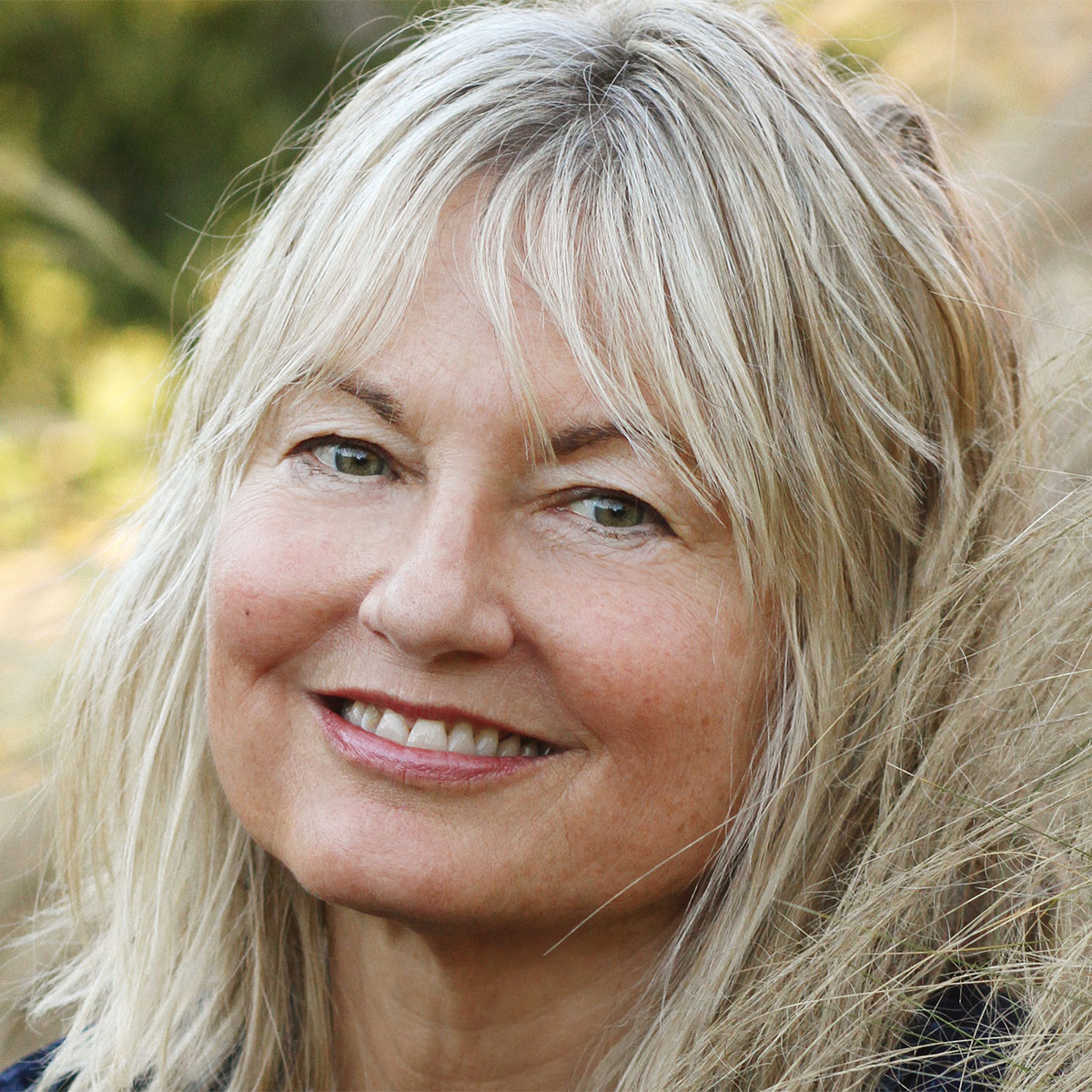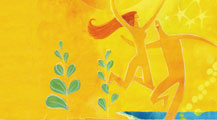The way we move reveals the way we feel. Each of us broadcasts a multitude of information about ourselves through how we move our bodies through space. Through the language of our bodies we communicate with our own species – and we have the potential to open up communication with other species as well. I would like to suggest that movement is a nonverbal universal language that can enable us to feel into the movement patterns of the elements, archetypes, animals, and our fellow humans and experience our embeddedness within the universe – our participation in the holomovement.
Movement and Communication
When an accomplished actor is establishing a character for a play or film, she inhabits the character through her movement. Confidence or insecurity, joy or despair, are conveyed through the posture, gait and nuances she embodies. In this same way, we shape our own lives through the movements of our bodies. Much of our everyday communication occurs on this nonverbal level, largely without our conscious awareness.
Reclaiming our own bodies and the awareness of our own movement patterns is essential to feeling our interconnection with all life. The historical repression of our bodies and bodily sensation in most of Western culture has resulted in a subject/object relationship with our bodies – we are largely on the outside looking in, instead of feeling through the body as a moving waveform – a vibrational interplay of moving fields. When we feel the aliveness of our own living tissue, we feel aliveness everywhere.
Movement and Perception
Movement shapes our perceptions, determining what we pay attention to. Perception is the unique way we relate to incoming information from our senses – how we relate to our own bodies and the world around us. Limited or rigid movement does not allow us to fully take in our environment. In an article entitled, “The Action in Perceiving”, Bonnie Bainbridge Cohen explains how movement is the first perception to develop within us, because the Vestibular Nerves are the first to myelinate in utero, “registering the movement of the fetus and its environment (mother)” (p.119). She states that “movement is a perception; that it is the first perception to develop and therefore the most important to survival; that as each experience sets a baseline for future experiences, movement helps to establish the process of how we perceive; and that how we perceive movement becomes an integral part of how we perceive through other senses” (p.118).
Movement and Growth
In utero, we swam in moving waters, feeling every movement of our mother, carried on a sea of vibration. Sadly, for most of us, our emergence onto land disrupted this sense of fluid interconnection. To the extent that our birth was traumatic or we were mishandled by our caregivers, we began to hold our bodies in patterns that disconnected us from the moving whole. Some of us did not receive adequate nurturing, and our little mouths and jaws became tense. Some of us were encouraged to sit and stand too quickly, and so we incorporated too much effort into our movement.
A fortunate few were allowed to organically unfold in a deeply loving environment with parents able to trust in the wisdom inherent in our bodies. The overwhelming majority of us, however, have patterns of physical and emotional constriction in our breath and movement patterns. These areas of holding result in ways of perceiving that are not in present time; our actions occur as a result of old patterns instead of being creative and improvisational responses to the moment. We even tend to think of aging as a steady decrease in our ability to move – an increasing contraction, with habits more and more engrained. Yet opening new movement patterns is possible at any age, and each new movement opens a new neural pathway in the brain. Expanding the range of our movement opens new perceptions to us, and ultimately reconnects us with the Universe in which we are embedded.
References
Cohen, Bonnie Bainbridge Sensing, Feeling and Action. Northampton,
Massachusetts: Contact Editions, 1993.

The Nature of Us – Sabrina Page has an MA in Philosophy, Cosmology, and Consciousness, a background in movement and dance, focused on embodiment. She has been deeply influenced by her connection with nature, shaped by playing in woods and water growing up. Sabrina’s writing explores the earth community, love, body, embodiment, interconnection, our planetary moment, music – and the creativity and possibilities inherent in being human.
